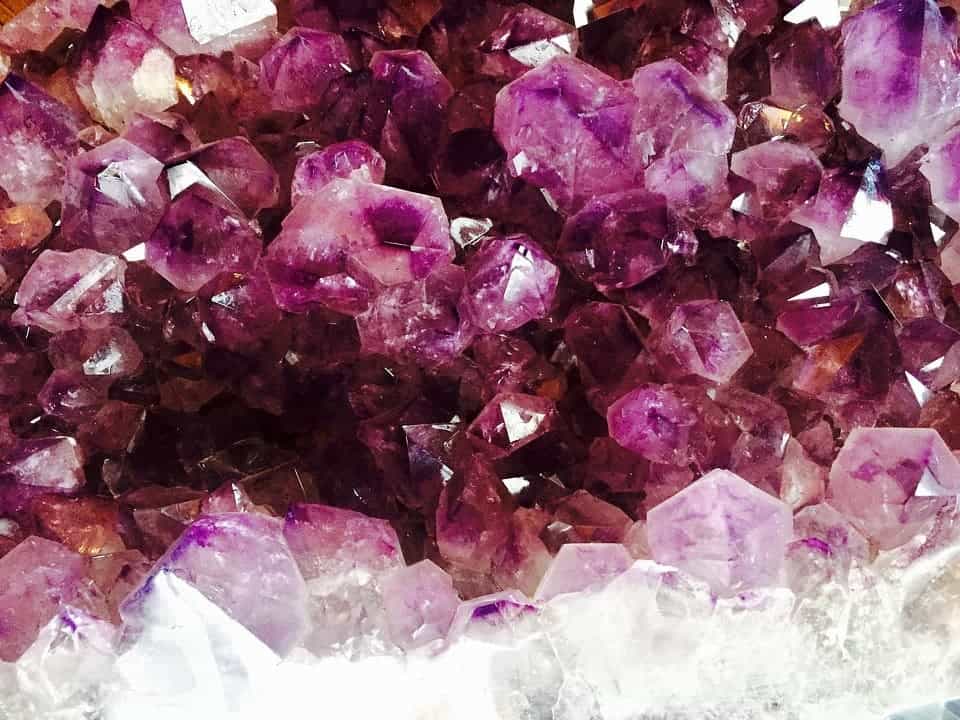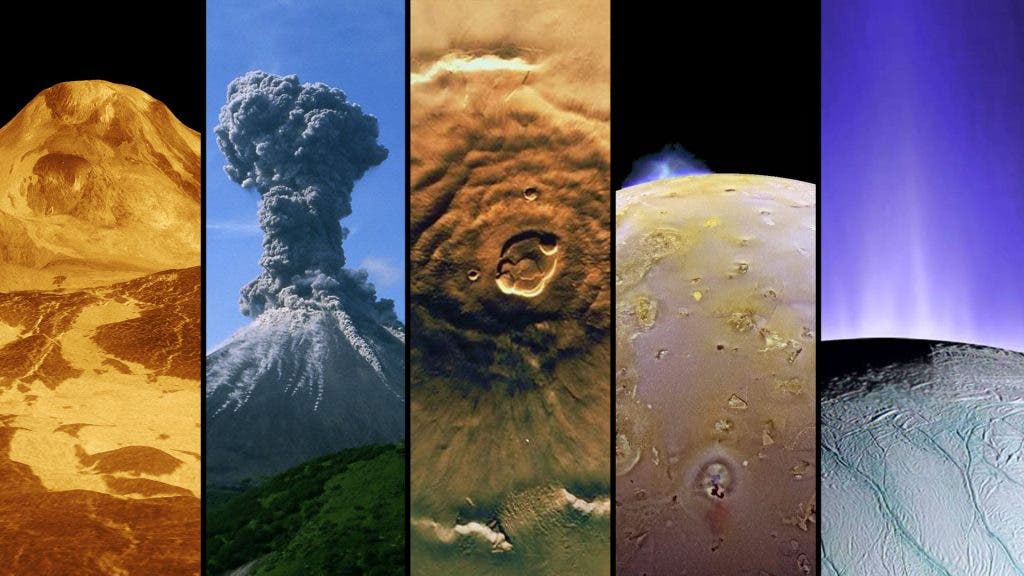
For all its beauty, amethyst is a fairly common variety of quartz. This here isn’t even a particularly special image, it’s how amethyst looks like most of the time. What is it about this mineral that makes it so special?
Quartz itself is the second-most-abundant mineral in Earth’s crust. Amethyst is one of the more common of the quartz varieties. Amethyst usually has a color varying from a light violet to a deep purple. The color in amethyst is usually unevenly distributed in the individual crystals. Ironically, the color is given by a technical defect – the presence of traces of built into its crystal lattice. But even when the color is deep, the content of iron in the amethyst is rather low, ranging from 10 to 100 parts per million.
Usually, amethyst crystals don’t get very large, rarely reaching 30 centimeters or more. Previously, amethyst used to be considered one of the most valuable gemstones in the world, but with many discoveries in the world (especially in Brazil), its price has dropped dramatically, up to the point where you can find it at many flea markets.
But regardless of its market value, amethyst remains one of the most cherished gemstones. Its simple beauty just makes me stop and admire it for a moment.





